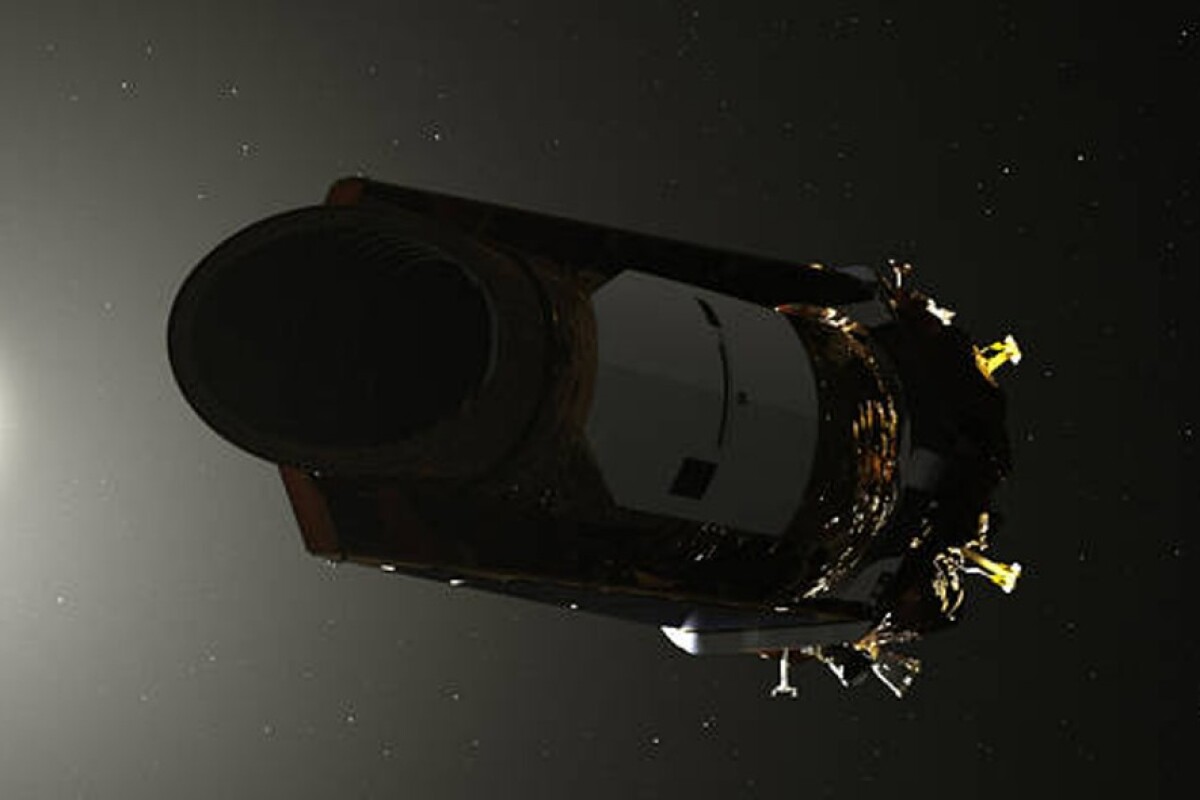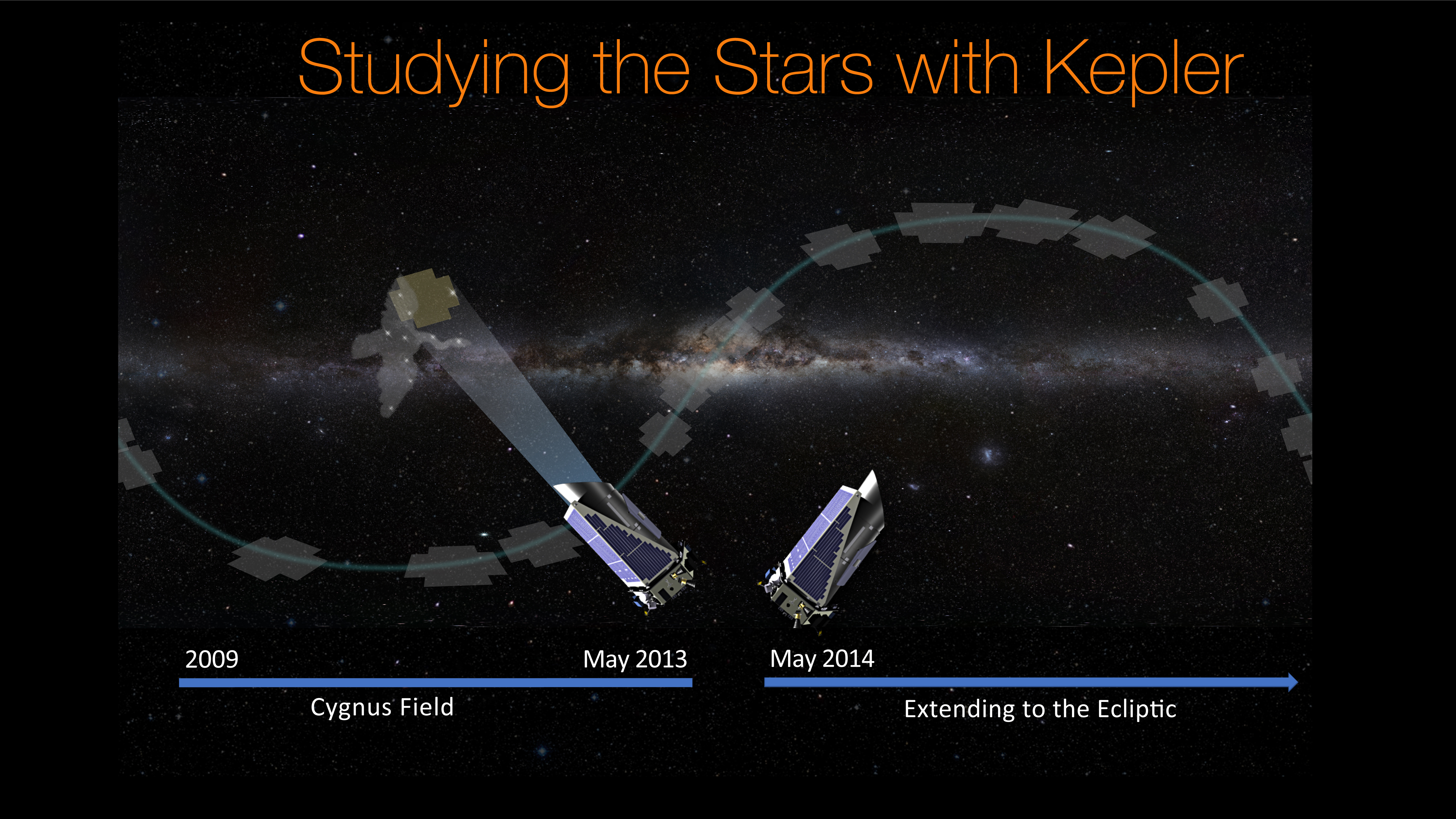

These would provide the simulated transits. Across some of the holes the two scientists placed small wires. Inside the test bed, the demonstration equipment included a light source, diffused evenly, which backlit a plate filled with small holes that simulated stars. Even the fans placed on the outside of the test bed for cooling (keeping the test at a constant temperature) had to be mounted on a frame that didn’t touch the insulated walls so no vibrations would be introduced. The test bed they built had thick walls of insulation to keep the equipment inside the demonstration independent from the outside environment.

How do you prove a space mission will work without actually sending your equipment into space? Borucki and his collaborator, Fred Witteborn, built a test demonstration in their lab at NASA Ames. Borucki’s light detection system would have to work even when the telescope wobbled as it encountered radiation or electromagnetic disturbances. Before NASA was willing to fund the Kepler Space Telescope, the agency wanted proof that the instrument Borucki had in mind could make the sensitive measurements required to detect planets in the space environment. To find an Earth-size planet, Borucki argued, you have to put a telescope in space.īuilding, launching, and operating a space mission is not cheap. Earth-size planets – especially those in “habitable zones” where liquid water might exist to support life – would be much more difficult to detect. When astronomer Bill Borucki first dreamed up the Kepler Space Telescope in the early 1980s, he imagined that if you used the transit method to observe several thousand stars at once from ground-based telescopes, you could begin to detect large, Jupiter-sized planets in large slow orbits. This means that detecting a transit requires very precise instrumentation capable of very accurate measurements. What makes this simple idea not so simple is that the change in light the planet produces is incredibly small. This is what astronomers call the transit method of planetary detection. If you can detect that change in light, then you can “hunt” planets – you can even use the difference in light to calculate the size of the planet and its distance from its star. When a planet passes in between a distant star and the Earth (an occurrence called a “transit”), the amount of light that reaches us is less than when the light is unobstructed. The idea behind the Kepler Space Telescope is relatively simple.

They filled me in on just how difficult it was to take this spacecraft from the drawing board to the launch pad. I recently visited the NASA Ames Research Center in California, where I got the opportunity to talk to the two scientists who designed Kepler and proved that it would work. The entire Milky Way contains an estimated 200 billion to 400 billion stars.The Smithsonian’s National Air and Space Museum Trophy for 2015 will be awarded to the Kepler Mission Team for Current Achievement. Kepler monitors more than 150,000 stars in the constellations Cygnus and Lyra. Stars in the search volume are therefore at about the same distance from the center of the galaxy as we are. Kepler’s planet search is conducted in a narrow wedge-shaped volume of space that stretches out ahead of us as we orbit the galaxy. Our solar system lies between two major spiral arms of the Milky Way. A United Launch Alliance Delta II rocket launched Kepler on March 7, 2009.Īt the heart of the telescope is an array of 42 camera sensors specifically designed to detect alien planets passing in front of their stars. The telescope is 15.3 feet long (4.7 meters) and weighed 2,230 pounds (1,052 kilograms) on Earth. Sensors monitor the brightness of more than 150,000 stars simultaneously, looking for telltale drops in intensity that could indicate orbiting planets.
#KEPLER SPACE TELESCOPE PATCH#
As it travels, Kepler keeps itself pointed at a single patch of sky. Launched in 2009, Kepler orbits the sun every 371 days. Data returned by the telescope will allow scientists to estimate the number and sizes of planets in alien solar systems, and help identify the types of stars that could harbor planets. The mission of NASA's Kepler Space Telescope is to identify and characterize Earth-size planets in the habitable zones of nearby stars.


 0 kommentar(er)
0 kommentar(er)
